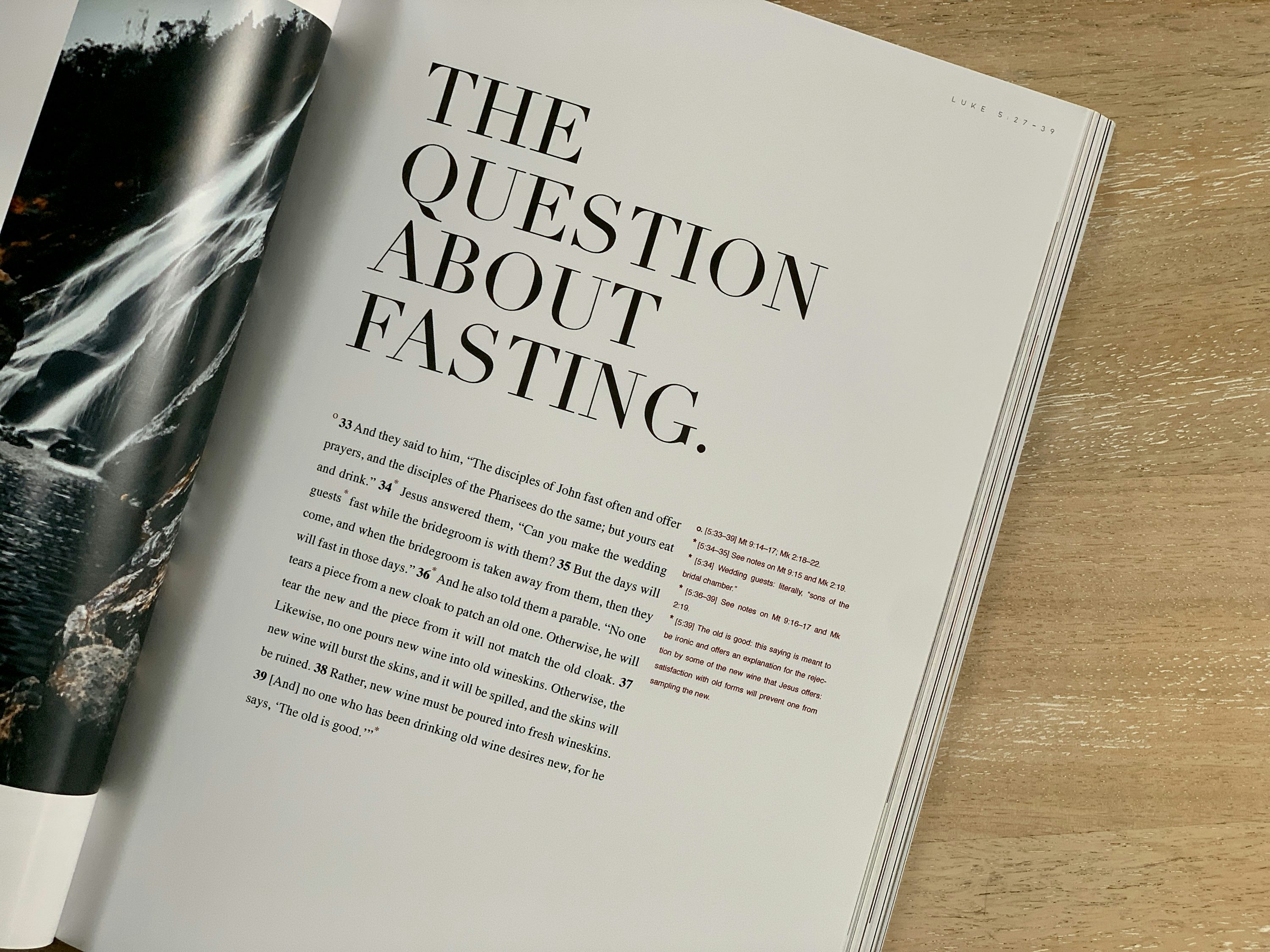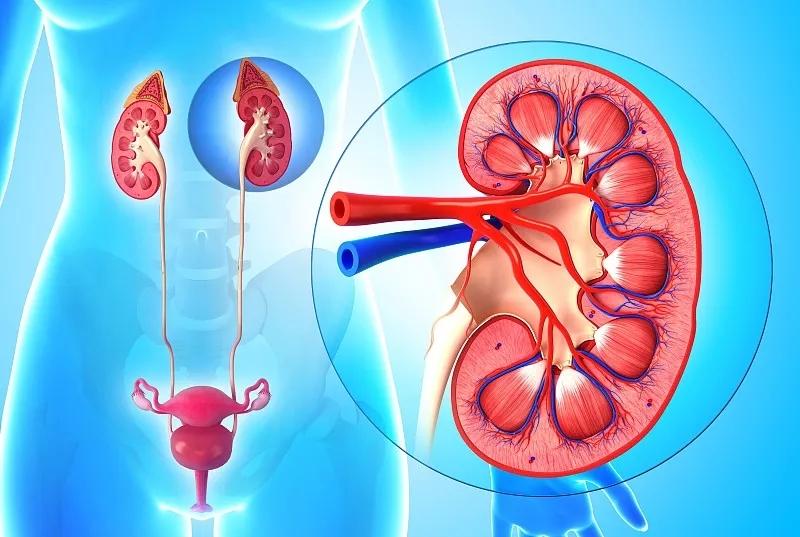In the fast-paced modern life, people enjoy the temptation of delicious food while suffering from metabolic problems. Intermittent fasting, an ancient dietary wisdom, is re-entering the public's field of vision with a brand-new attitude, quietly changing the metabolic pattern of the body.

Intermittent fasting is not a simple hunger, but a scientific and reasonable eating time planning. Its core lies in cleverly arranging eating windows and fasting periods, so that the body can switch energy metabolism modes at different stages. The common 16/8 fasting method, that is, fasting for 16 hours a day and eating only within the 8-hour window, contains complex physiological regulation mysteries behind this seemingly simple number. When the body enters a fasting state, the blood sugar level gradually decreases, the insulin secretion decreases, and the insulin sensitivity is improved. Insulin, like a precise key, can open the door for cells to use glucose more efficiently, so that the body can reduce the risk of metabolic diseases such as obesity and diabetes while reducing the fluctuation of blood sugar.
In the fasting stage, the energy source of the body changes. When glycogen reserves are exhausted, fat becomes the main energy supply substance. Fat cells are like small energy factories, and the fat in them is decomposed into free fatty acids, which are transported to mitochondria, an energy converter. Here, fatty acids are transformed into ATP (adenosine triphosphate) through a series of complex metabolic processes, providing energy for various physiological activities of the body. This process not only helps people to lose weight, but also helps to optimize the body fat distribution, reduce visceral fat accumulation and reduce the probability of cardiovascular diseases.

From the cellular level, intermittent fasting is like a feast of autophagy. During fasting, cells start autophagy mechanism, cleaning up damaged organelles and misfolded protein. This is like a deep cleaning and repair of cells to maintain the stability and order of the intracellular environment. The enhancement of autophagy function is of great significance for delaying cell aging and preventing chronic diseases. It is like pruning dead branches and leaves for the tree of life, making it still flourish under the baptism of years.
However, intermittent fasting is not a universal key for everyone. Before opening this door, one should fully consider one's physical condition, lifestyle and nutritional needs. For pregnant women, children, people with hypoglycemia and other special groups, rashly intermittent fasting may bring health risks. When embarking on this journey of metabolic health exploration, it is best to make a personalized plan according to your own characteristics under the guidance of professional doctors or nutritionists.

Intermittent fasting is like a mysterious treasure house, waiting for us to explore it with a scientific and cautious attitude. It reshapes the metabolic map of the body in a unique way, and provides a new path full of hope and challenges for people who pursue a healthy life. On this road, we may encounter ups and downs, but as long as we master the right methods, the metabolic engine of the body will regain its strong power and lead us to a healthy and energetic future.





